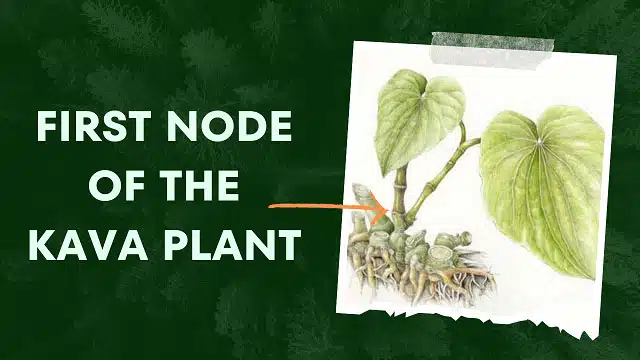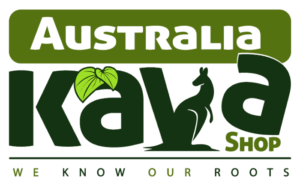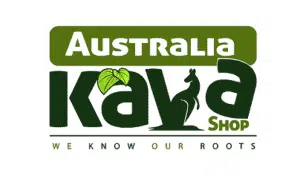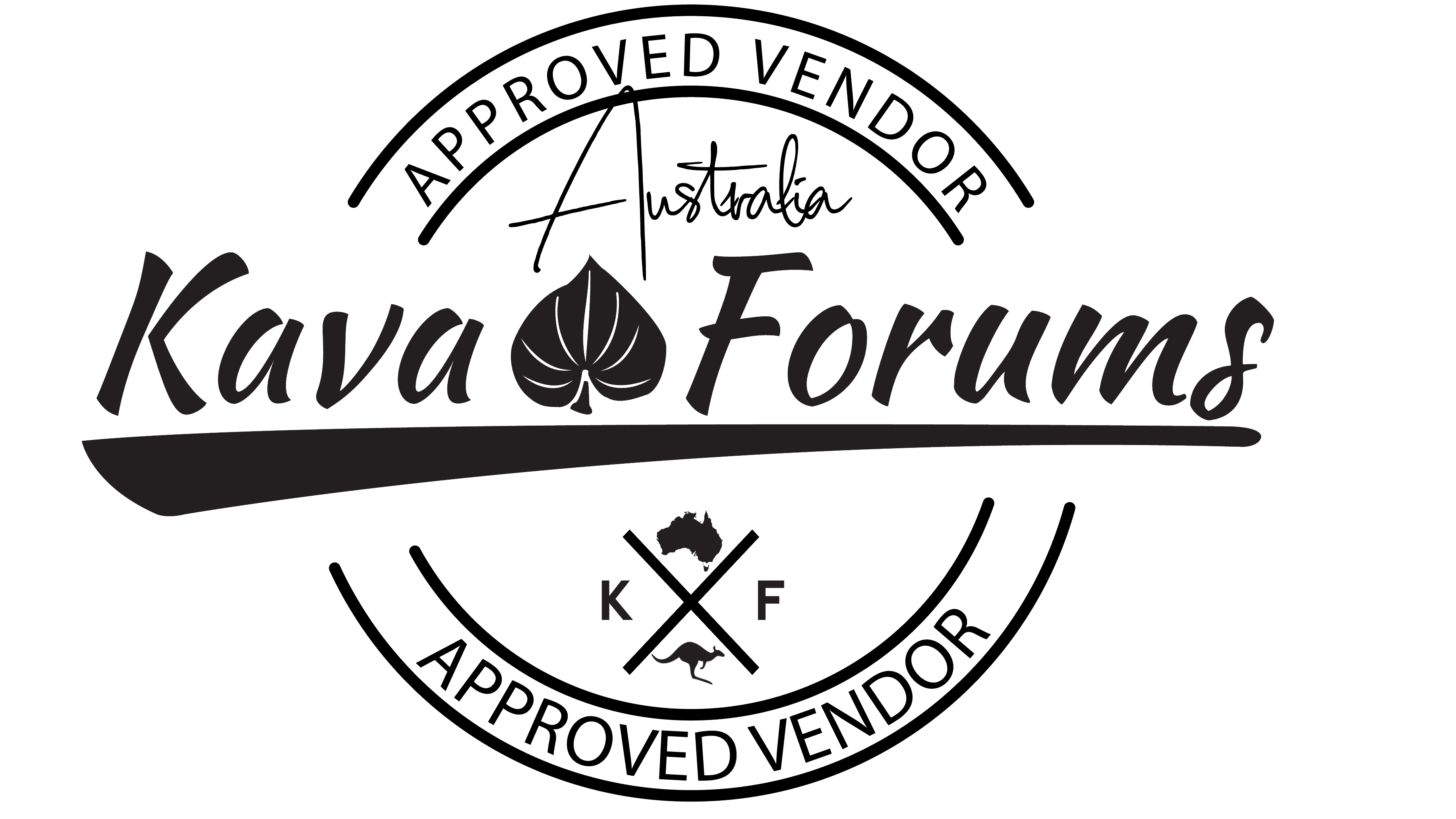Noble Kava – What is it?
Regardless of Country of Origin, kava varieties can be broken up into the following types:
- Noble Kava (sometimes known as drinking kava)
- Medicinal kava
- Wild Kava
Noble Kava is used for drinking and was initially deemed safe simply by the nature of drinking it over hundreds of years. In recent times, kava is now able to be tested and confirmed as noble variety and safe by some simple and some more expansive laboratory testing techniques.
Medicinal kava is kava that is used for custom medicinal practices in the Pacific Islands. Some of these kava varieties have been used in western medicine, but it is generally understood that whilst they are not unsafe, they are not suitable for drinking.
Wild Kava – commonly known as Tu Dei (Two Day) or Isa, is a quick yielding kava variety. In the past two decades of kava research it is generally understood that these varieties are unsafe for drinking. They are normally high in the DHM and DHK kava lactones which can be traced to some hepatoxic issues. It is called Tu-Dei (Two Day) kava as it is known to give you a kava hang over for up to 2 days.
How do I know I’m buying Noble Variety and Good Quality Kava?
This comes down to what the kava’s Country of Origin is.
Vanuatu
There are over 80 kava varieties in Vanuatu and only 27 Noble kava types. The Vanuatu Bureau of Standards test all kava exports prior to uplift to confirm that the shipment is noble kava variety. In the past however, scurrilous exporters would send a noble variety sample in for testing, then send out wild kava in the bulk of the export. Fortunately, the Vanuatu Bureau of Standards have tightened their testing controls to mitigate this.
There is also a very simple way of testing for noble variety kava called colour metric testing. This process was developed by Dr Vincent Lebot, the preeminent kava scientist in the world. Our good friend Andrew Procyk from Noble Kava Tennessee filmed Dr Lebot explaining how it works on the below video:
Integrity matters in the kava business and Australia Kava Shop’s Vanuatu traditional kava powder partners run this in house colour metric testing on ALL their kava prior to processing for export.
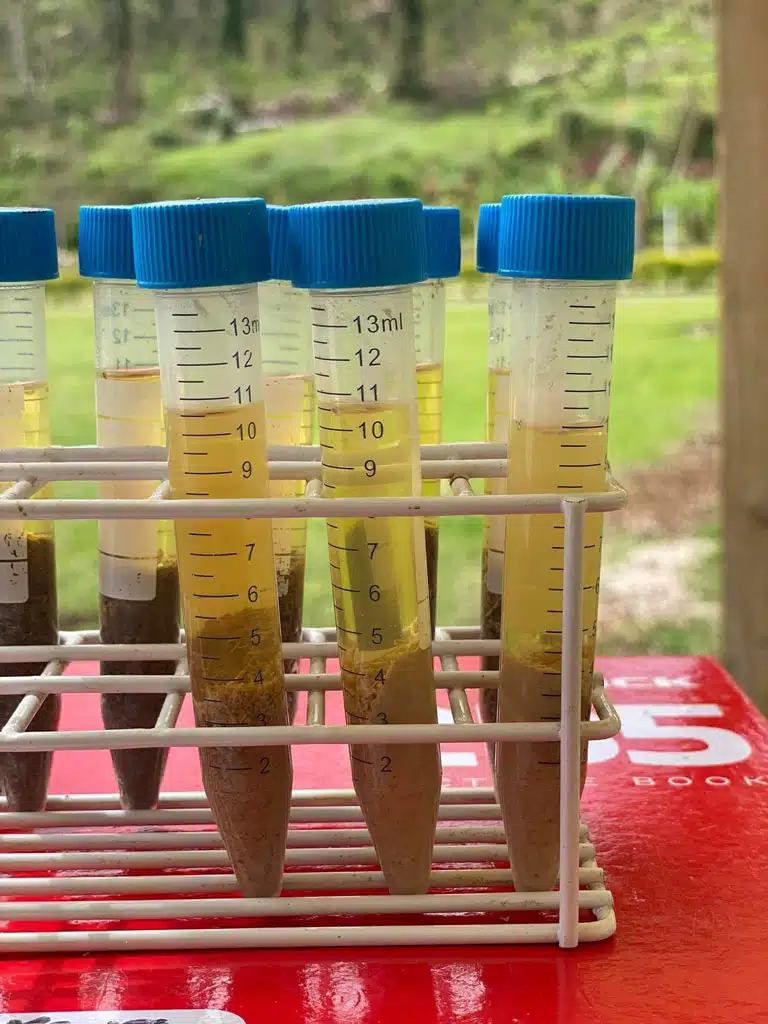
Further to this, our Instant Kava partner have their own in-house laboratory. All kava that is used in the making of Australia Kava Shops Instant Kava is tested in the following ways:
- Colour metric testing prior to processing into kava juice.
- Laboratory testing of the final product.
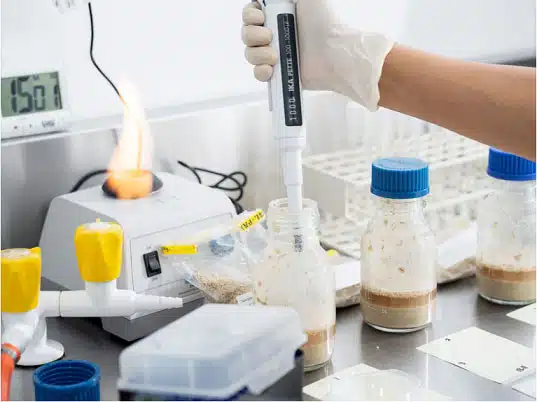
To make sure you are buying Vanuatu noble kava from Australian kava vendors, always check to see if they display certification from the Vanuatu Bureau of Standards and/or lab testing for their products. You can check out Australia Kava Shop’s noble kava certification documentation HERE.
Fiji
There are 13 kava varieties grown in Fiji. The good news is that ALL of these varieties are considered Noble Kava. However, this is where kava quality becomes important. Dried kava powder is made from the root of the kava plant. The plant material that is above ground – or commonly known as “Above first node” should not be used to make kava powder.
Above first node kava plant material holds almost no kava lactones (the feel good component of kava) and whilst not unsafe to drink, it’s even more unpleasant to taste than the root structure. Unscrupulous Fijian kava exporters will often flesh out a kava order with what is known as “kasa” which is above ground kava plant material. In fact, this is one of the key reasons that kava was banned by the EU in 2001
So how do you know you are buying quality Fijian kava. Well, there are two key indicators and the first one is obvious. It’s the price you are paying and reviews of the product. If you are buying Fiji kava that claims to be a premium product but is half the price of other premium Fiji Kava products, it’s almost a guarantee that this product is fleshed out with kasa or at the very least is not as promised.
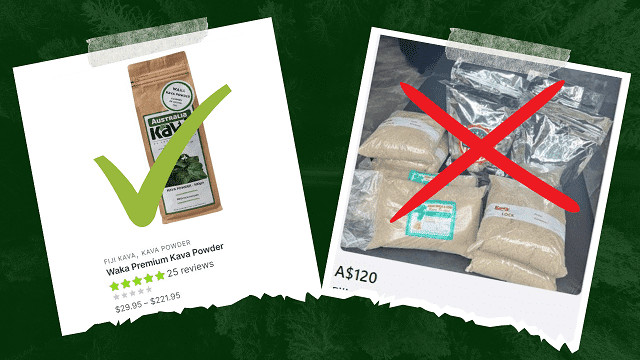
The second indicator is that responsible vendors will often have a third party laboratory Certificate of Analysis done for their products. Unfortunately, there are no labs in Australia presently that offer this service, so unless the vendors sends their product fort testing to the US, often times price is the best indicator.
Tonga
Much like Fiji, there are no wild kava varieties grown in Tonga. This is excellent news; however, the same kava quality controls can be applied. If the price looks to good to be true, its likely because the product is fleshed out with above first node kava plant material. Again US vendors will often have 3rd party laboratory Certificates of Analysis done for their Tonga kava product confirming the kavalactones, microbial content and overall quality.

